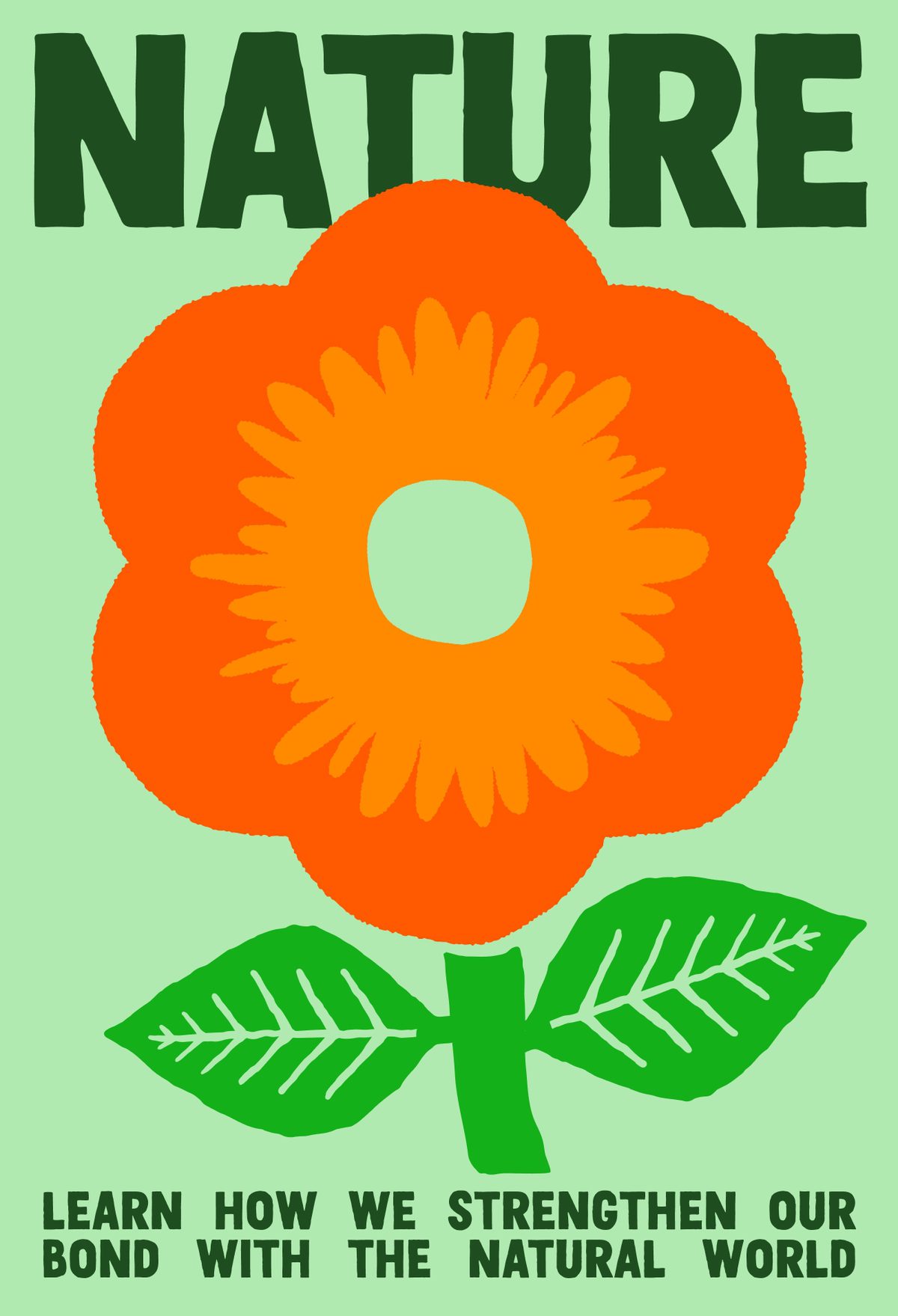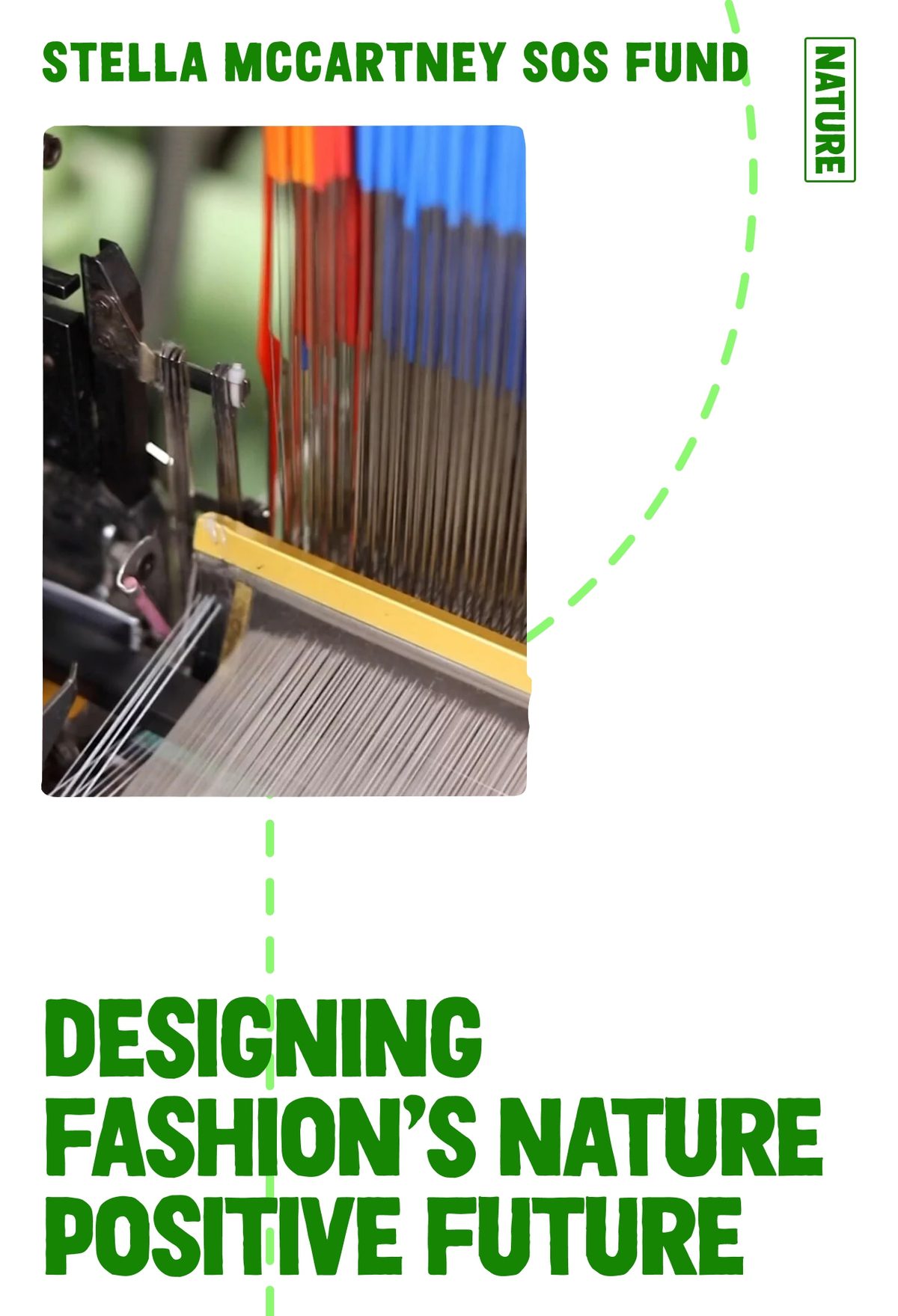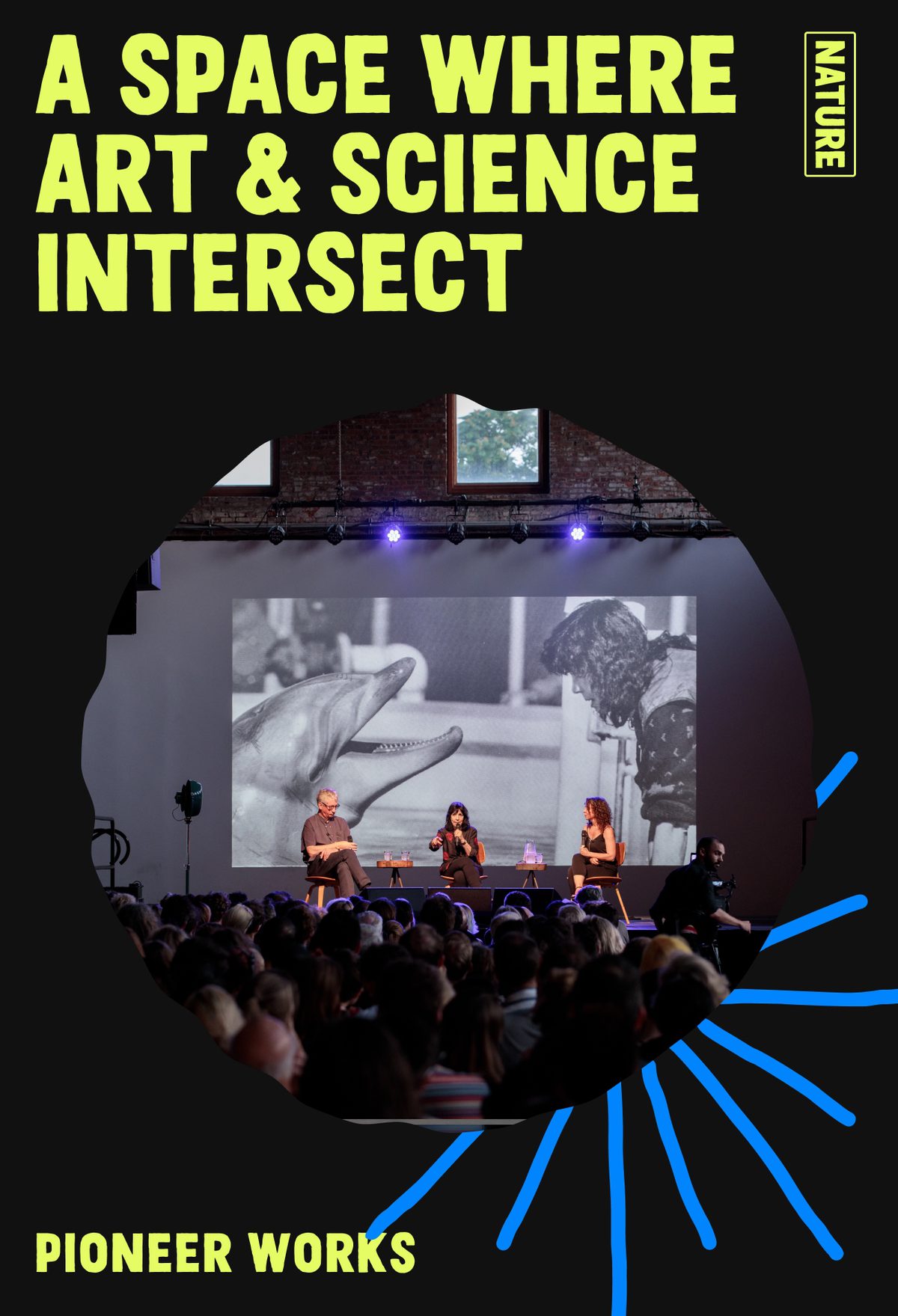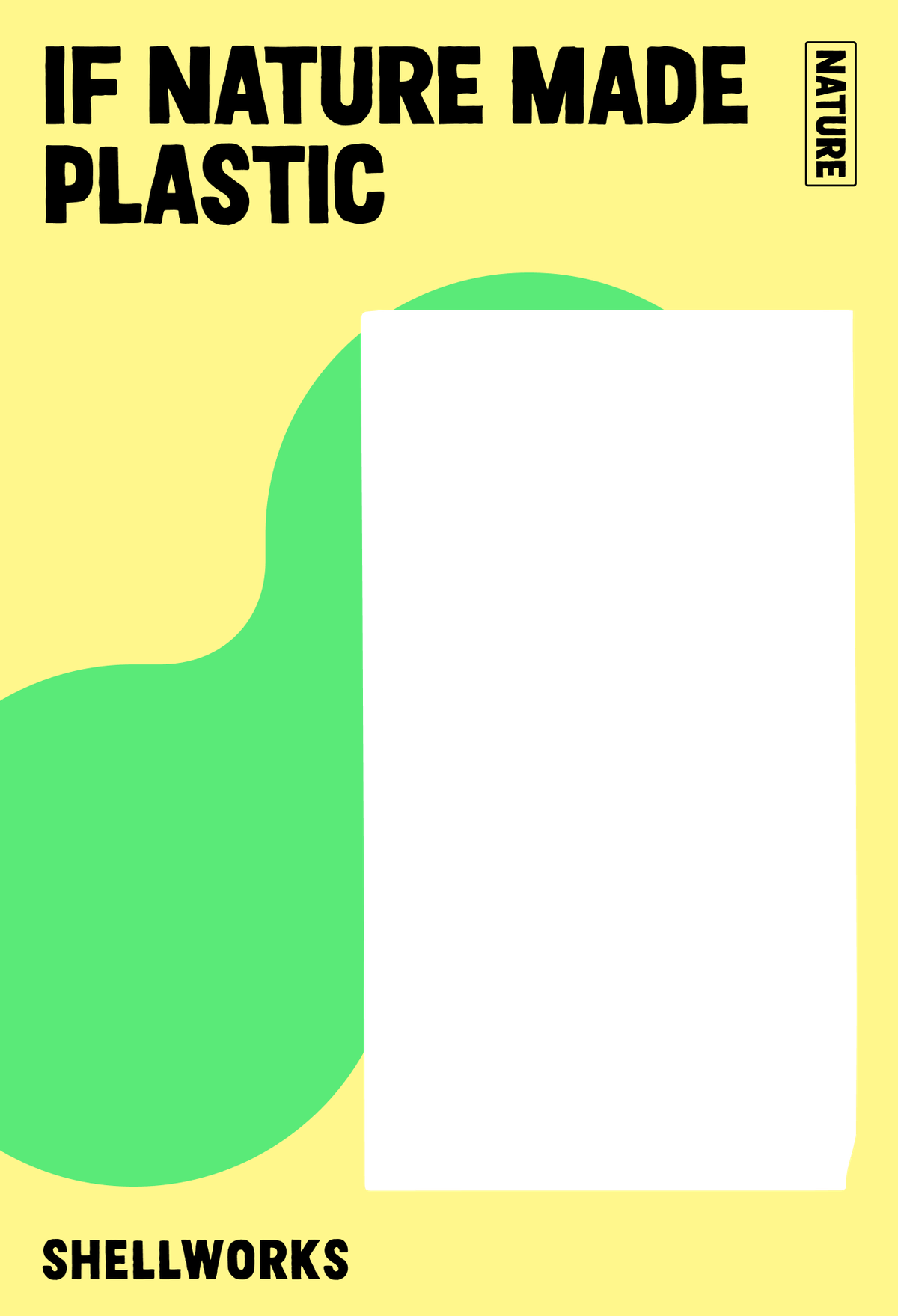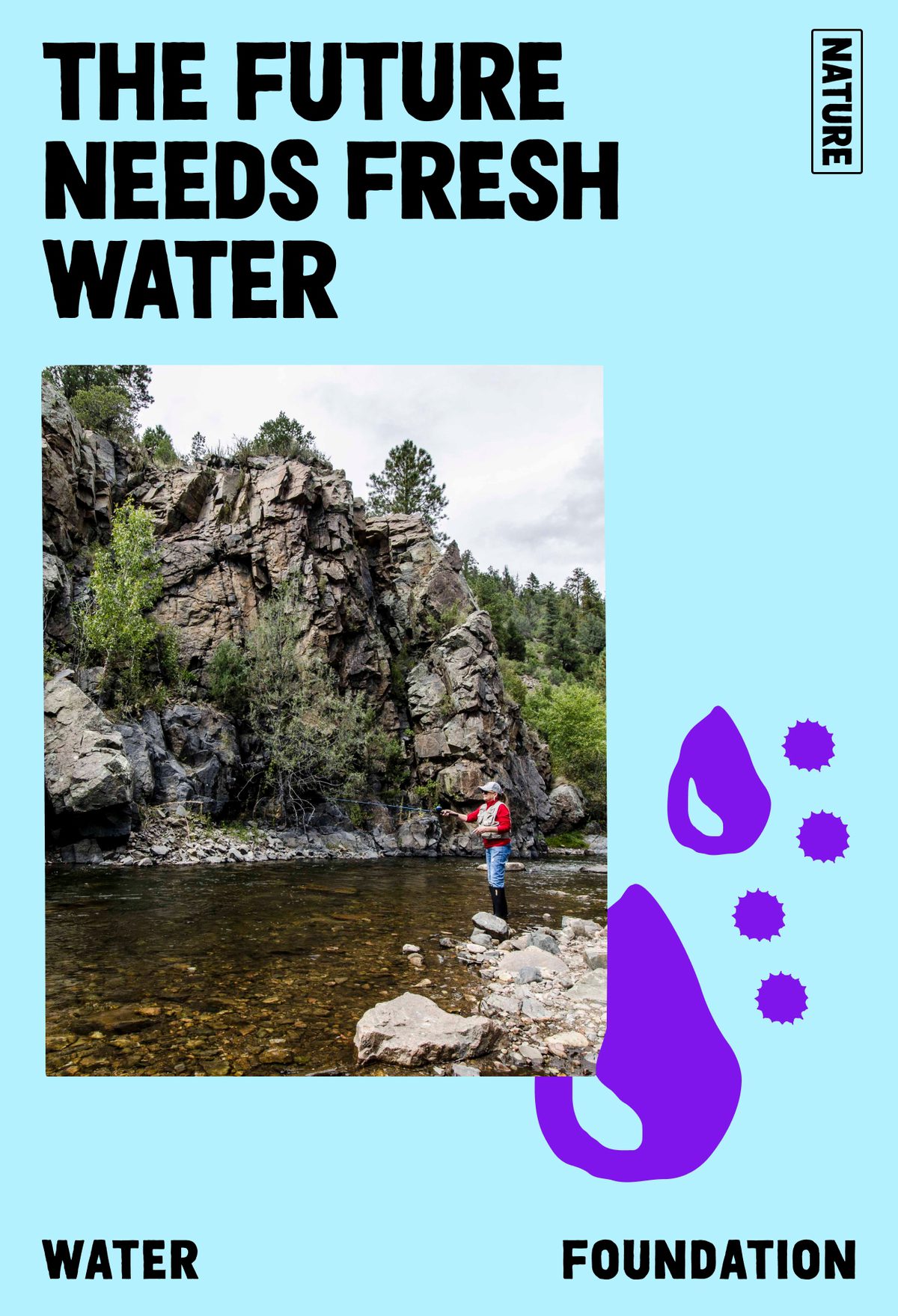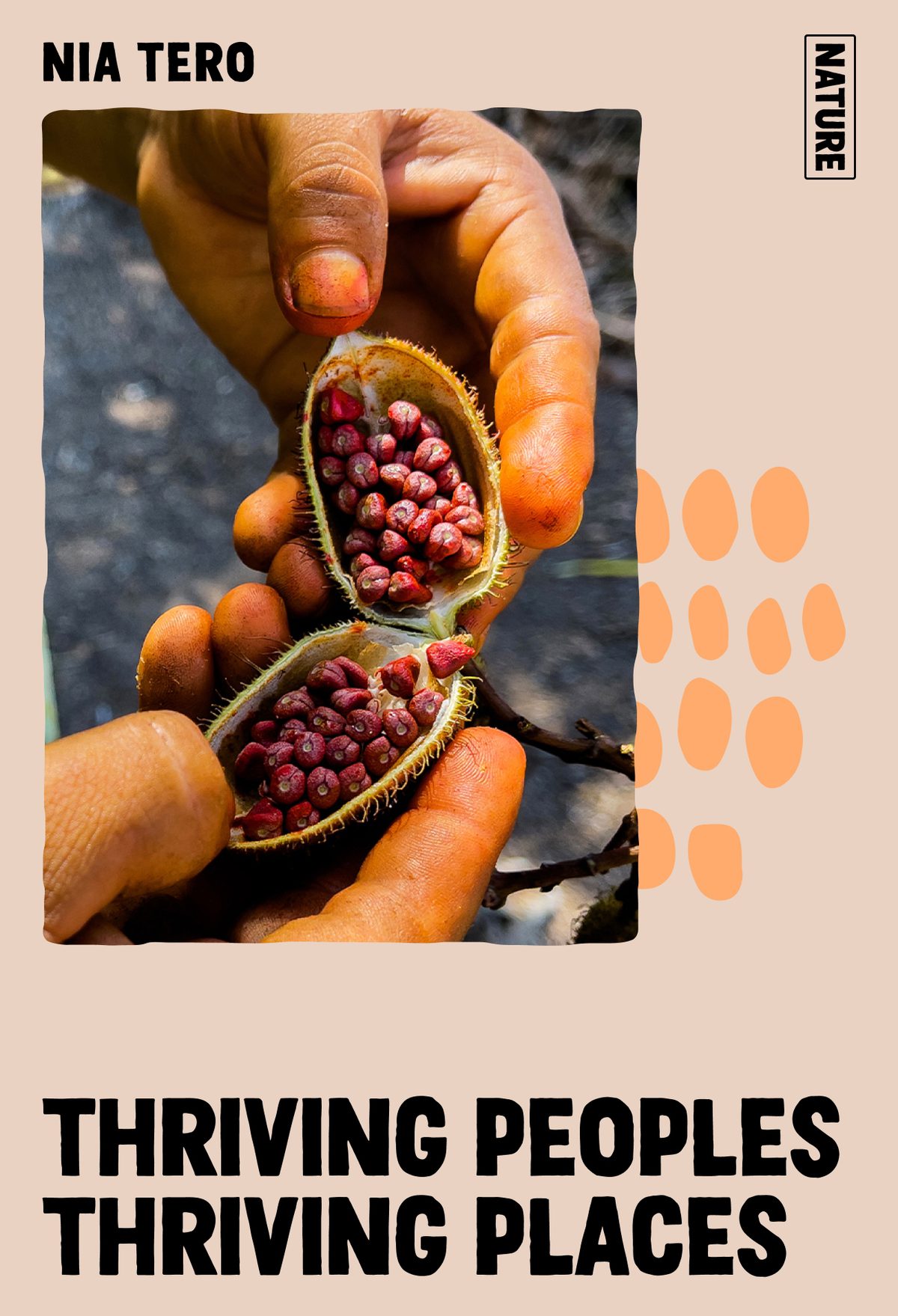An oasis with an industrial origin story
Nature
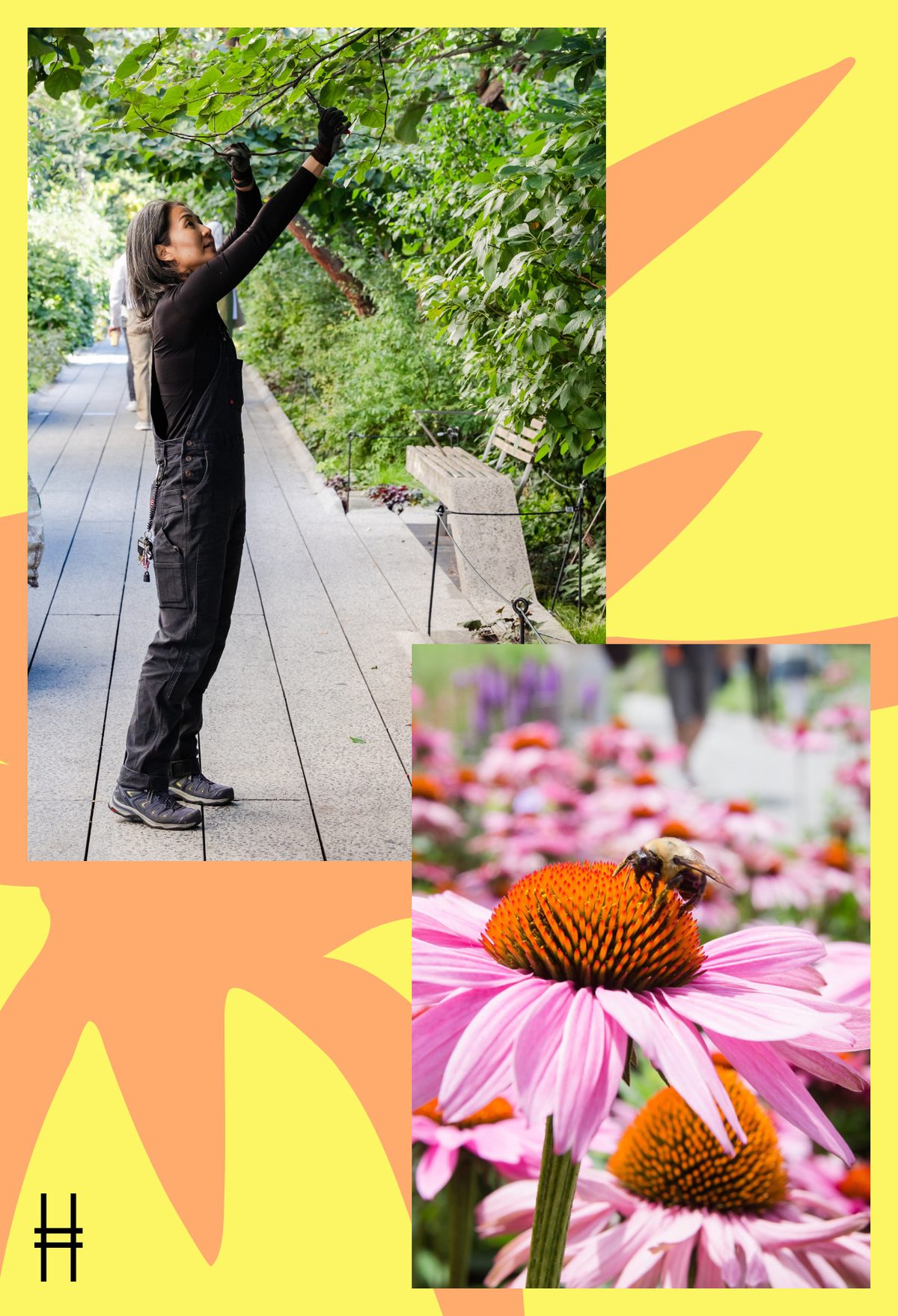

The High Line
The High Line is both a nonprofit organization and a public park on the West Side of Manhattan. Through our work with communities on and off the High Line, we’re devoted to reimagining the role public spaces have in creating connected, healthy neighborhoods and cities.
Built on a historic, elevated rail line, the High Line was always intended to be more than a park. You can walk through gardens, view art, experience a performance, savor delicious food, or connect with friends and neighbors-all while enjoying a unique perspective of New York City.
Central to the High Line's philosophy is a commitment to environmental sustainability. The park itself is an inherently green structure, transforming a piece of industrial infrastructure into a uniquely designed public space. Our dedication to sustainability is reflected in every aspect of the park's operations. We prioritize the use of native, drought-tolerant, and low-maintenance plant species, which reduce the need for extensive resources. These plants not only thrive in the local climate but also provide essential food and shelter for various wildlife species, including native pollinators and beneficial insects that help with our chemical-free pest control practices.
The High Line’s resilient landscape is a welcoming place for both wildlife and people, cultivating much-needed biodiversity and community in New York City.

-
Why this matters
Green spaces like the High Line are vital to the health of New York City—they benefit the physical and mental well-being of people but also have myriad ecological benefits, such as retaining stormwater, filtering air pollutants, producing oxygen, capturing and sequestering carbon, creating shade that cools the city on hot days, and providing food and habitat for birds and pollinators. And plants that thrive 30 feet in the air in only 18 inches of soil are excellent examples of resilient species that will survive in the face of a changing climate.
-
What you can do
Nearly 100% of the High Line’s annual budget comes through donations from people like you, who help our team operate, maintain, and program the park. Your membership or donation today will keep our gardens thriving.
-
33+
Species of wild bees
-
150+
NYC Native Plants
-
100%
of garden waste composted
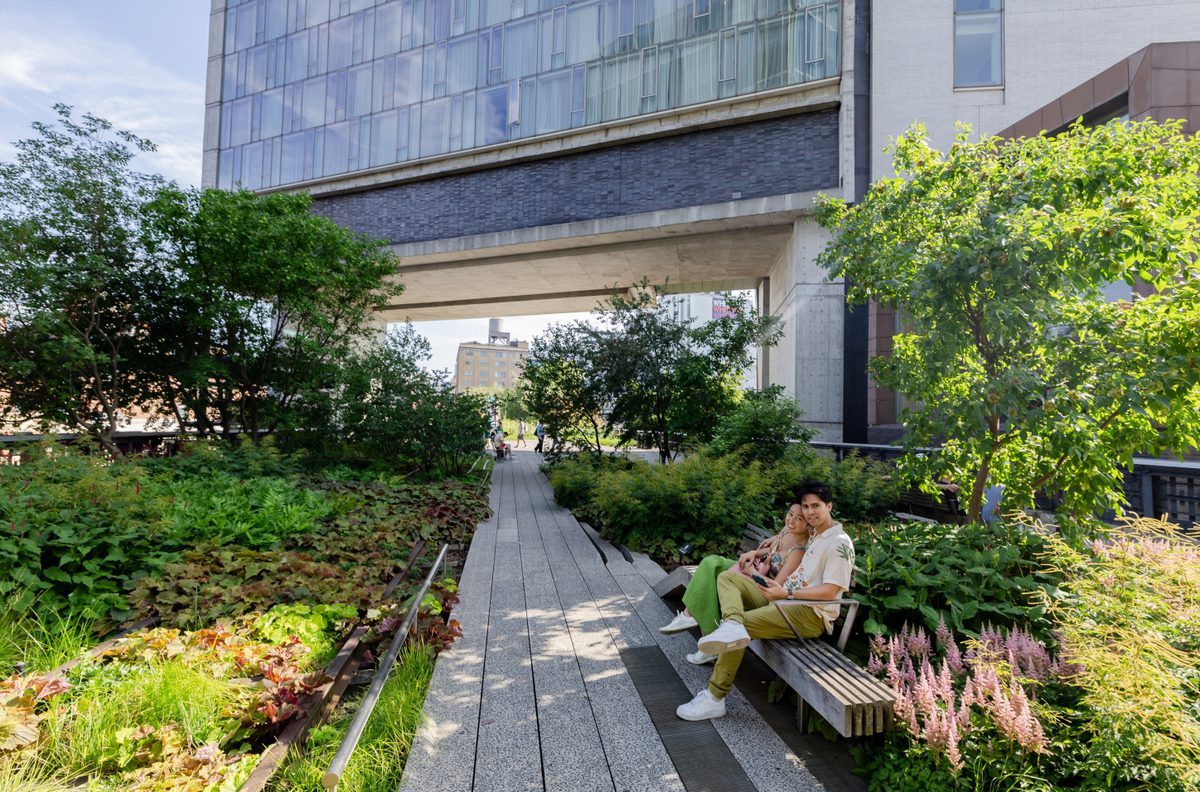
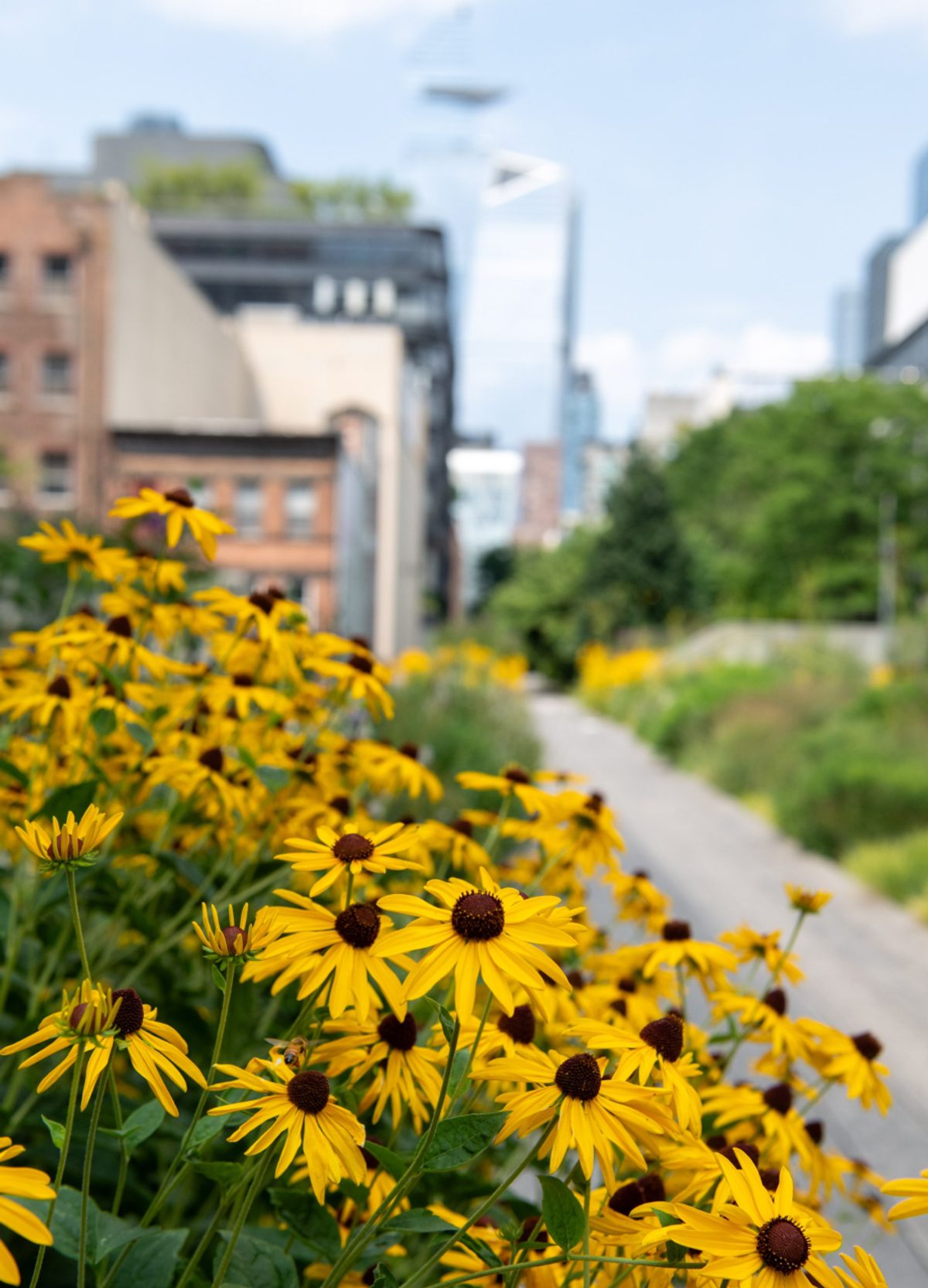
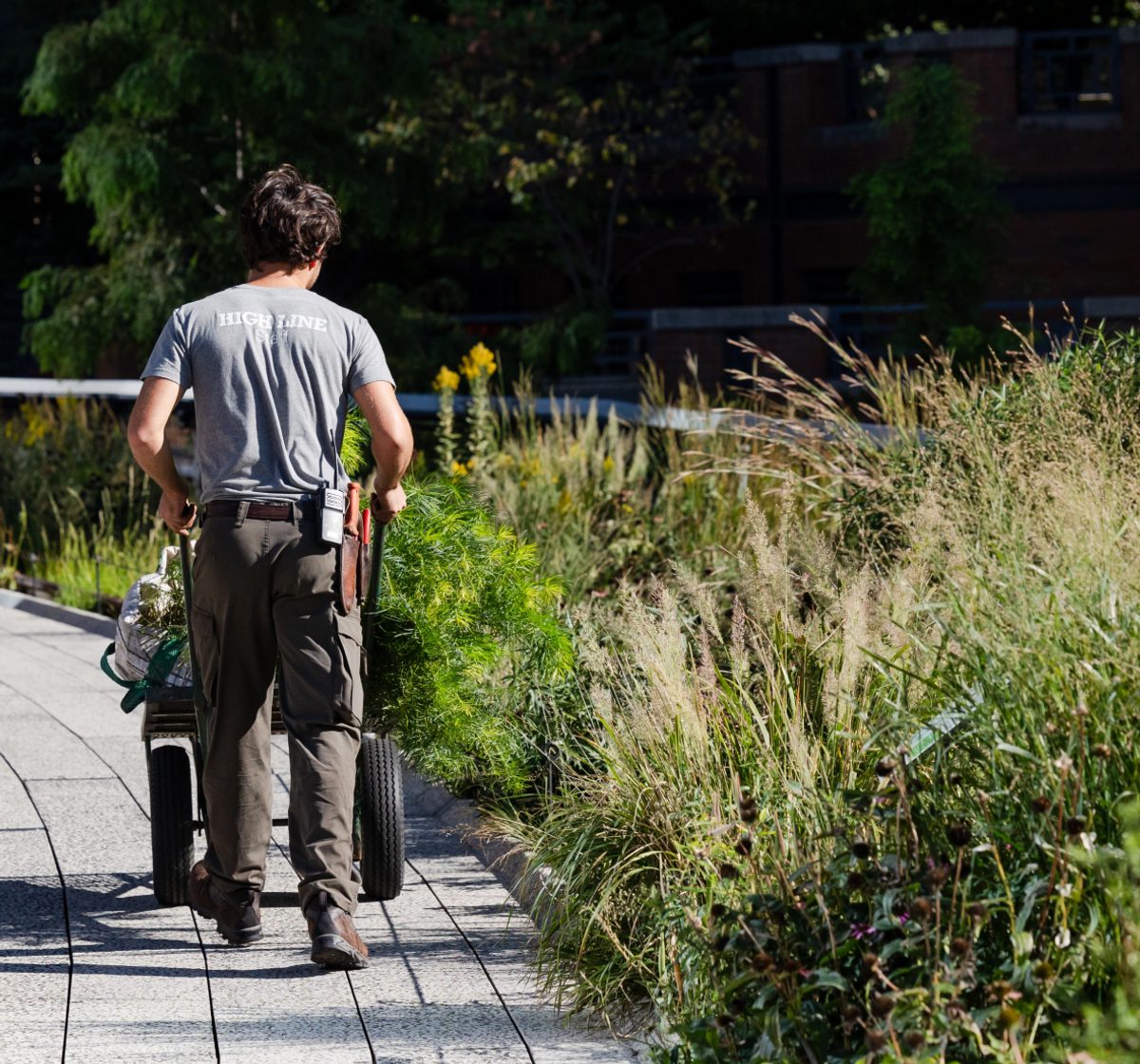

Photos by Liz Ligon and Timothy Schenck
